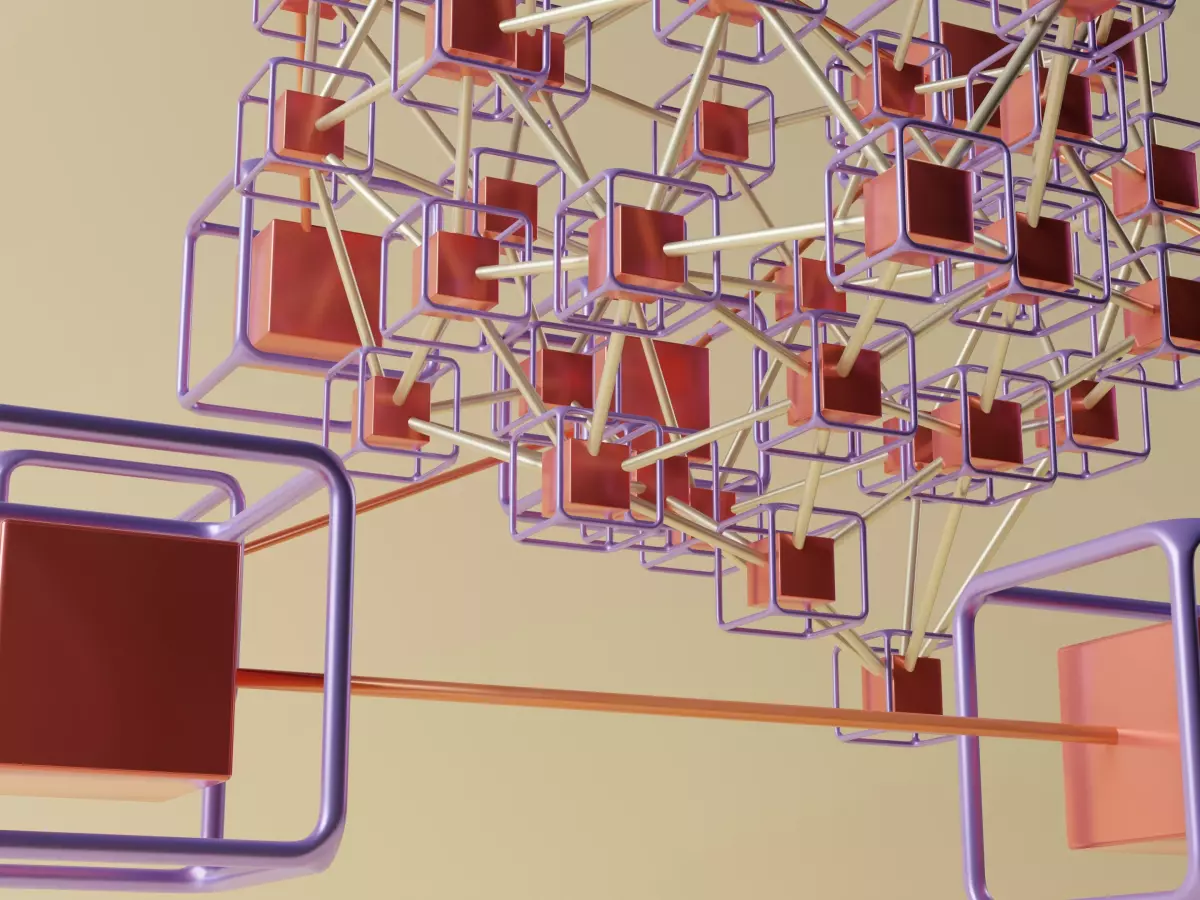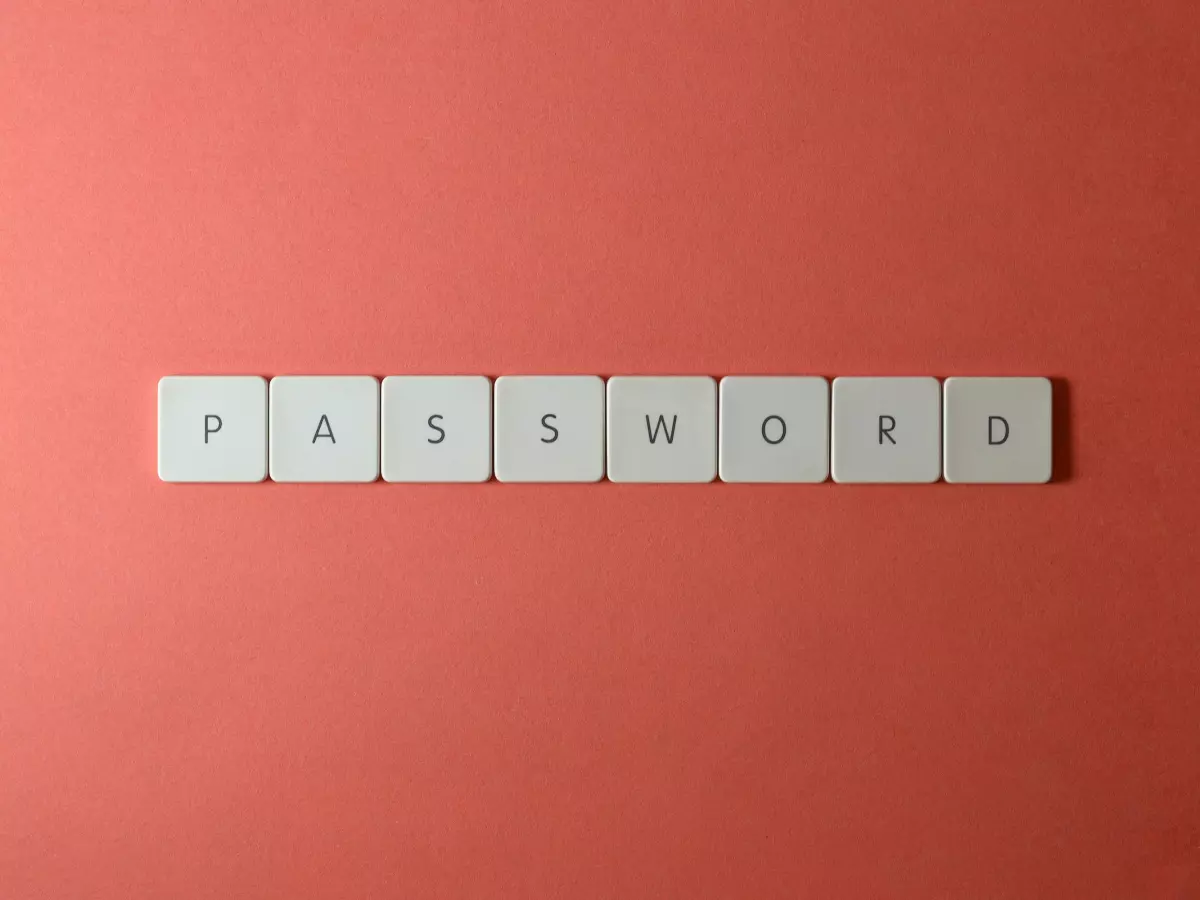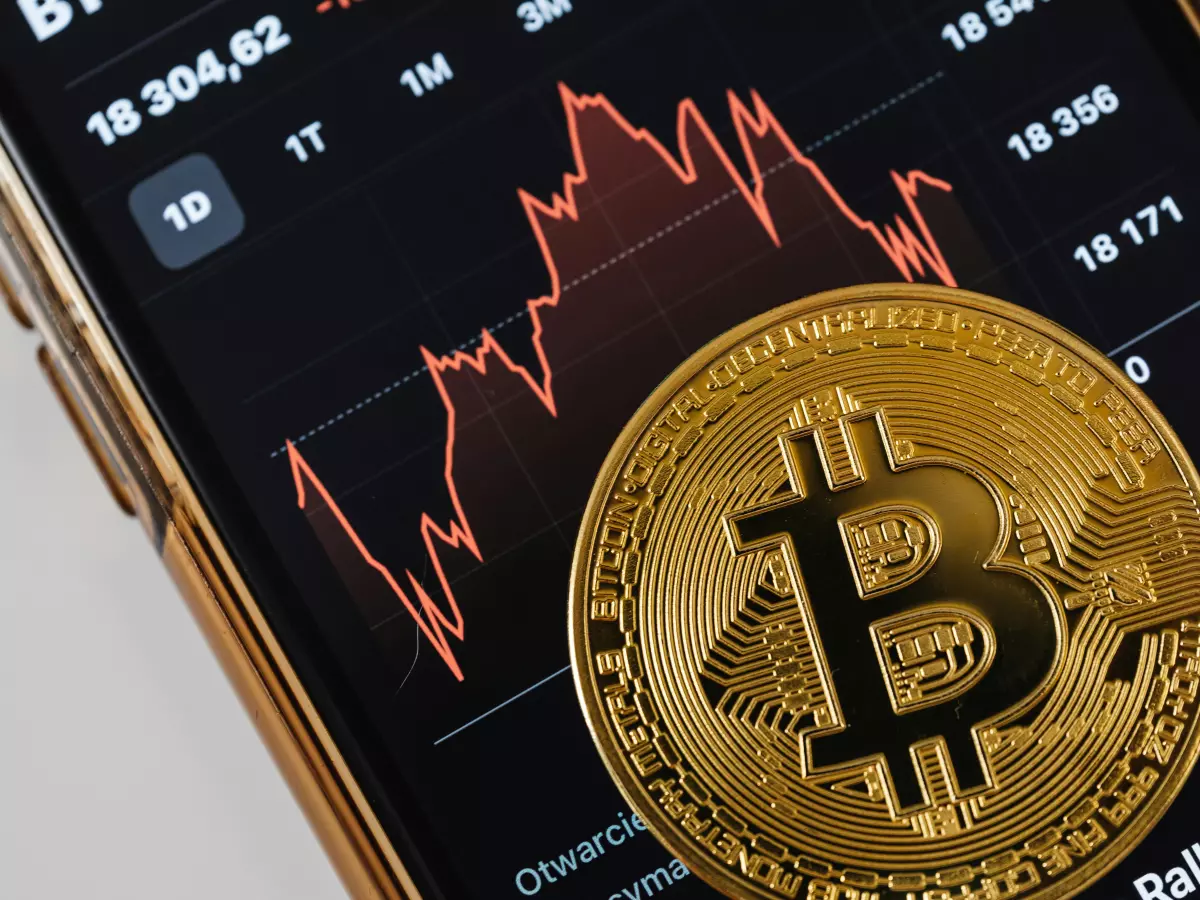Layer 2 Magic
Imagine you're at a concert, and the line for the bathroom is longer than the actual show. Frustrating, right? Now, picture a VIP pass that lets you skip the line entirely. That’s Layer 2 for blockchain.

By Nina Schmidt
In the world of blockchain, Layer 1 is like that main bathroom line—slow, crowded, and sometimes downright painful. It’s where all the transactions happen, and as more people join the crypto party, the line just keeps getting longer. Enter Layer 2, the VIP pass that helps you skip the congestion and get your business done faster, without compromising security.
But what exactly is Layer 2? And why should you care? Well, if you’ve ever been frustrated by slow transaction speeds or high gas fees, Layer 2 is your new best friend. It’s a secondary framework or protocol built on top of an existing blockchain (Layer 1) that helps process transactions faster and more efficiently. Think of it as a turbocharger for your crypto engine.
Why Do We Even Need Layer 2?
Let’s get real for a second. Blockchain, for all its revolutionary potential, has a scalability problem. The more people use it, the slower and more expensive it gets. This is especially true for popular blockchains like Ethereum, where gas fees can skyrocket during periods of high demand. It’s like trying to drive through rush-hour traffic with a Ferrari—you’ve got the power, but you’re stuck in gridlock.
Layer 2 solutions aim to solve this by taking some of the load off Layer 1. Instead of every single transaction being processed on the main blockchain, Layer 2 handles a bunch of them off-chain and then bundles them up to be settled on Layer 1. The result? Faster transactions, lower fees, and a much smoother experience for everyone involved.
How Does Layer 2 Keep Your Crypto Safe?
Okay, so Layer 2 makes things faster and cheaper. But what about security? After all, we’re talking about your hard-earned crypto here. The good news is that Layer 2 solutions are designed with security in mind. They don’t replace the underlying blockchain; they complement it.
Here’s how it works: Layer 2 still relies on the security of Layer 1 for final settlement. This means that even though transactions are processed off-chain, they’re ultimately secured by the same cryptographic principles that protect the main blockchain. It’s like having a bouncer at the VIP entrance who still checks your ticket against the main guest list.
Some popular Layer 2 solutions, like rollups and state channels, use cryptographic proofs to ensure that off-chain transactions are valid and haven’t been tampered with. If something goes wrong on Layer 2, the system can fall back on Layer 1 to resolve disputes and ensure that no one’s crypto goes missing.
Popular Layer 2 Solutions You Should Know About
Now that you’re sold on the idea of Layer 2, let’s talk about some of the most popular solutions out there. Each has its own unique approach to solving the scalability problem, but they all share the same goal: making blockchain faster and more efficient without sacrificing security.
- Rollups: These are probably the most well-known Layer 2 solution. Rollups bundle up a bunch of transactions and then submit them to Layer 1 in a single batch. There are two main types: optimistic rollups and zk-rollups. Optimistic rollups assume transactions are valid unless proven otherwise, while zk-rollups use zero-knowledge proofs to verify transactions without revealing sensitive information.
- State Channels: Think of state channels like a private conversation between two parties. They allow users to conduct multiple transactions off-chain and only settle the final result on Layer 1. This reduces the number of transactions that need to be processed on the main blockchain, speeding things up significantly.
- Plasma: Plasma is a framework that allows for the creation of child chains that run alongside the main blockchain. These child chains can process transactions independently and only interact with Layer 1 when necessary, reducing congestion and improving scalability.
What’s the Catch?
Of course, no technology is perfect, and Layer 2 solutions are no exception. While they do offer significant improvements in speed and cost, they also come with some trade-offs. For example, because transactions are processed off-chain, there’s a slight delay in final settlement. This means that if something goes wrong, it might take a bit longer to resolve disputes compared to Layer 1.
Additionally, not all Layer 2 solutions are created equal. Some, like optimistic rollups, rely on game theory and economic incentives to ensure security, which could introduce new risks. Others, like zk-rollups, are more secure but also more complex and resource-intensive to implement.
Final Thoughts: Is Layer 2 the Future?
So, is Layer 2 the magic bullet that will solve all of blockchain’s problems? Well, not quite. But it’s definitely a step in the right direction. As more people adopt crypto and blockchain technology, the need for faster, more scalable solutions will only grow. Layer 2 offers a way to meet that demand without sacrificing the security that makes blockchain so appealing in the first place.
In the end, it’s all about balance. Layer 2 isn’t here to replace Layer 1—it’s here to make it better. So next time you’re stuck in the blockchain equivalent of a bathroom line, just remember: there’s a VIP pass waiting for you.





